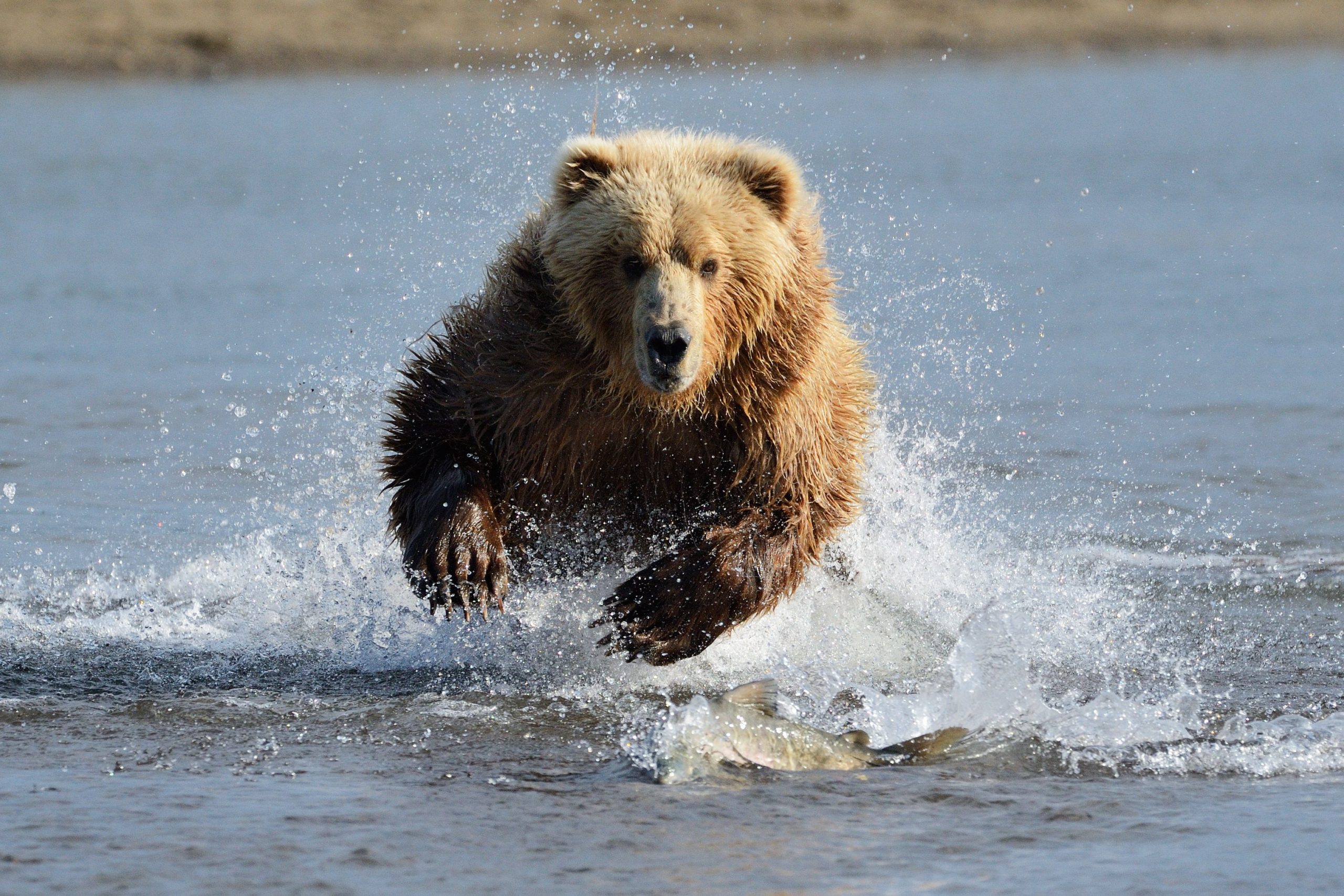Understanding the Different Worldviews of Economists and Business Leaders
By Ned Hill, A One-Handed Economist, and Professor of Public Administration and City & Regional Planning at The Ohio State University’s John Glenn College of Public Affairs
It’s an old story: two hikers are surprised by a bear, and Susan takes off running. Joe turns and faces the bear while screaming: “You can’t outrun a bear!” Susan shouts over her shoulder: “You’re right — I can’t outrun a bear! I just have to outrun you!”
We can see this as a parable for how economists and business leaders think about the economy. One (economists) is focused on the bear while the other (business leaders) is the runner. Neither cares about poor Joe.
Economists know that the economy is a complex system where markets self-organize as millions of individual decisions anonymously distribute goods, services, and incomes. Price changes are signals used by this network to scale production, make choices on what to purchase, and figure out which job to take. When price signals are received, resources shift seamlessly between industries and incomes are redistributed between winners and losers as a new general equilibrium is attained. This is a picture of bloodless efficiency.
Movements in prices and the changes that ensue are Adam Smith’s invisible hand. Profit margins reflect the rate of return on invested capital and whittling away margins above that rate through competition is a social good. [Markets hate margins.] Success is measured by increases in the average incomes of the population—the ability to consume. Economists study the bear and predict how many hikers will remain standing after an attack.
Business leaders, on the other hand, have a completely different knowledge base. They know that the economy is a Darwinian struggle, markets are never at equilibrium, and market share is a daily battle. Prices are tools used by management. When prices change, orders are won or lost and workers are hired or fired. Shifts in resources result in losers closing their doors with people losing money and jobs. This is a picture of effective decision-making and intentional resource allocation.

Profit margins reflect a combination of cost containment and the competitive advantages offered by brand, product value, market power, location, trademark, and intellectual property protection. And success is measured by the rate of return to capital. In short, good business leaders are hikers who know when to run.
In a sense, then, business leaders and economists are at odds. The models of economists assume that business leaders are very efficient and that capital moves in calculating fashion to find its highest rate of return. Economists expect businesses to seek competitive advantage from brands, to construct barriers that prevent competitors from entering their markets, and to try to extract economic rents from governments. Economists, therefore, are interested in the rules that maintain a competitive economy, paying particular attention to the impact that public policies have on market incentives.
On the other hand, while predictability exists for most businesses, a stable equilibrium does not. Business leaders live in a deal-oriented world where transaction follows transaction and decision follows decision. Good business executives pay attention to the operating rules of the economy and understand how those rules affect their transactions.
What is important to most economists is understanding reactions to changes, or shocks, in the operations of the economy or impediments to the optimal functioning of the economy—they are interested in the actions of the bear. In contrast, business decision-making is the outcome of intentionality [being deliberate or purposeful], agency [an action that produces a particular outcome], and the transactions that follow—it is about knowing when and where to run.
Economists are interested in predicting the actions of the bear. Business leaders are paid to stay one step ahead of poor Joe.
© 2017 The MPI Group

